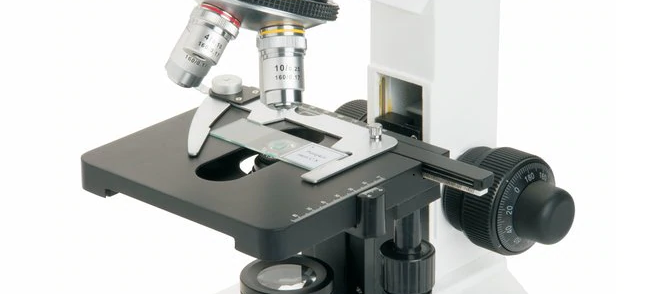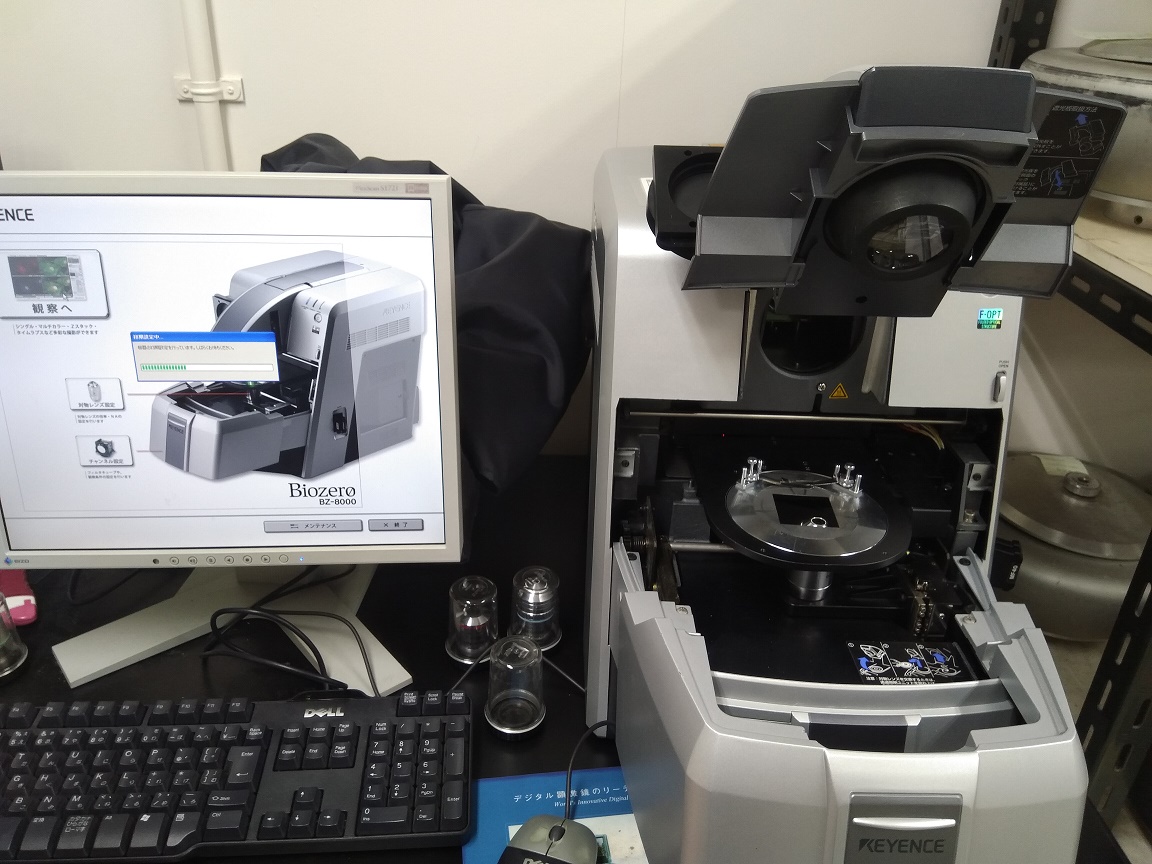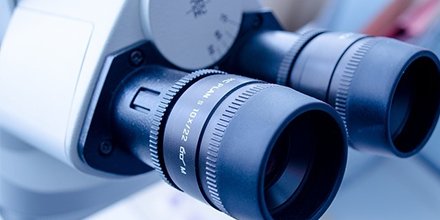Resolution is the ability of a microscope’s lens to distinguish between (two) small objects that are close together as distinct and separate. It is the ability of a lens system to allow an observer (the microbiologist) to see fine details of different small objects even when they are close together. The resolution (resolving power) of a microscope is dependent on the quality of the objective lens which must produce a clear image and not necessarily an enlarged image of an object being viewed. The greater the resolving power of the objective lenses of microscope, the clearer the image produced.
The resolution range of the normal human eyes is not sufficient enough (or competent) to view, enlarge and produce a clear image of objects (or small forms of living things). Thus; with the aid of a microscope whose objective lenses have a good resolving power, two closely spaced elements of an object or specimen can be properly made clear and distinguished for better interpretation by the microscopist (i.e. a scientist that uses the microscope for research).
The resolving power of a microscope is both a function of the wavelength of light used and the quality of the objective lenses of the microscope. The measure of the light gathering ability of a microscopes objective lens is known as the numerical aperture (NA). Notably, lenses with higher magnification usually have higher numerical apertures.
The resolving power of a microscope is given by the following formular:

The resolving power of a microscope is greatest when blue light is used to illuminate an object or a specimen, and this works in line with an objective lens that has a very high numerical aperture. The reason for the preference of blue light over white light in providing a good resolution of a specimen is because blue light has a shorter wavelength than the red or white light. This has lead many manufacturers of the light microscope to fit in blue light filters over the condenser lens of microscopes in order to improve its resolving power.
Oil immersion lenses or objectives are lenses of microscopes (usually designated as 100x) on which immersion oil is used; and the 100x objectives are mainly used for viewing stained slides. The purpose of immersion oil is to increase the light gathering ability (NA) of a lens. It does this by allowing rays emerging from an object or specimen at angles to be collected and viewed. These rays would have been lost to the objective lens, but the immersion oil helps to collect them for a better and clear image of the specimen. The resolving power of a microscope’s objective lens can be significantly increased through a proper specimen illumination during viewing.
REFERENCES
Beck R.W (2000). A chronology of microbiology in historical context. Washington, D.C.: ASM Press.
Cheesbrough, M (2006). District Laboratory Practice in Tropical countries Part I Cambridge
Chung K.T, Stevens Jr., S.E and Ferris D.H (1995). A chronology of events and pioneers of microbiology. SIM News, 45(1):3–13.
Dictionary of Microbiology and Molecular Biology, 3rd Edition. Paul Singleton and Diana Sainsbury. 2006, John Wiley & Sons Ltd. Canada.
Glick B.R and Pasternak J.J (2003). Molecular Biotechnology: Principles and Applications of Recombinant DNA. ASM Press, Washington DC, USA.
Goldman E and Green L.H (2008). Practical Handbook of Microbiology, Second Edition. CRC Press, Taylor and Francis Group, USA.
Madigan M.T., Martinko J.M., Dunlap P.V and Clark D.P (2009). Brock Biology of microorganisms. 12th edition. Pearson Benjamin Cummings Publishers. USA.
Nester E.W, Anderson D.G, Roberts C.E and Nester M.T (2009). Microbiology: A Human Perspective. Sixth edition. McGraw-Hill Companies, Inc, New York, USA.
Prescott L.M., Harley J.P and Klein D.A (2005). Microbiology. 6th ed. McGraw Hill Publishers, USA.
Willey J.M, Sherwood L.M and Woolverton C.J (2008). Harley and Klein’s Microbiology. 7th ed. McGraw-Hill Higher Education, USA.
Discover more from Microbiology Class
Subscribe to get the latest posts sent to your email.





